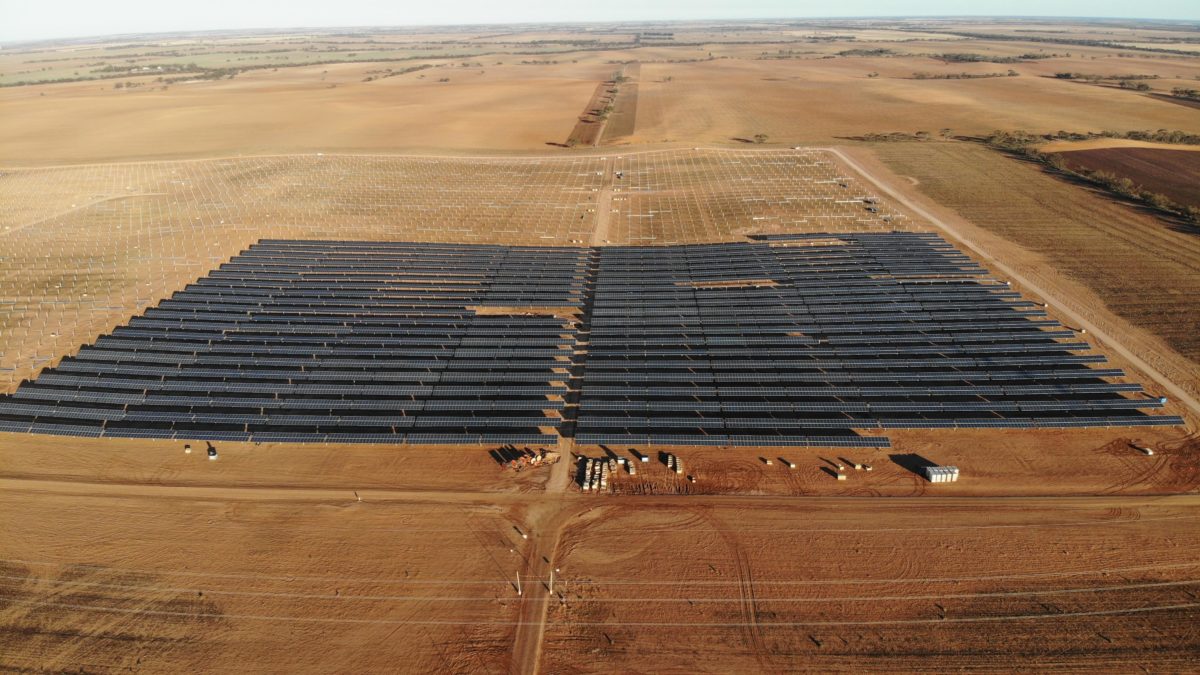Warada has been formed to tackle the challenge that while greenfield projects in Australia are extremely attractive, they can often struggle to raise sufficient early-stage capital.
“We see investment potential across early-stage solar and wind projects, energy storage, electricity network enhancements and the use of distributed energy technologies across the built environment,” said Warada CEO Alistair Craib.
However, the joint-venture will not shy away from brownfield assets however, with the potential for investment in projects where there is a capacity to improve returns and sustainability through technological advancement. “We’re also targeting clean energy related investments in the natural resources,” said Craib, “transport and agriculture sectors which involve sustainability, energy efficiency, renewable energy and low carbon opportunities.”
The Warada joint-venture is an important boost to the local financing of Australian renewables, especially considering the country has become a major target for international investment. Only last week MinterEllisonreleased a wide-ranging survey of international investors which found that the already significant amount of international investment is set to increase over the next two years.
One such example is the 256.5 MW Kiamal Solar Farm. Kiamal, Victoria’s largest solar project, was secured by French renewables giant Total Eren earlier this month with the help of the CEFC, Australia’s green bank acquiring a minority stake in the project to the tune of around $51 million.
Along with Ironstone, the CEFC has acquired a 50% equity stake in Warada, a commitment of up to $100 million. For CEFC this is an opportunity “to further develop the Australian domestic capabilities in the local renewable energy sector, which is currently dominated by offshore participants. This is pivotal to our policy objective of supporting the orderly transition of the Australian economy to a decarbonised future,” said CEFC CEO Ian Learmonth.
CEFC’s stake allows the firm to take a larger role in the projects on its portfolio. “By investing development equity through Warada,” Learmonth pointed out, “we can become more closely involved in project conceptualisation, design and implementation, while ensuring a pathway for potential further investment in projects at financial close.”
CEFC’s other half, Ironstone Capital, is one of Australia’s leading financial advisors. Ironstone Director Aaron Simcock noted: “We have developed a market position as one of Australia’s leading financial advisors in the renewable energy sector and this initiative further highlights our commitment to the sector.”
‘Warada’ is the Dharug word from which English-speakers derive the word ‘Waratah’, the flower and state emblem of NSW.
Author: Blake Matich
This content is protected by copyright and may not be reused. If you want to cooperate with us and would like to reuse some of our content, please contact: editors@pv-magazine.com.








1 comment
By submitting this form you agree to pv magazine using your data for the purposes of publishing your comment.
Your personal data will only be disclosed or otherwise transmitted to third parties for the purposes of spam filtering or if this is necessary for technical maintenance of the website. Any other transfer to third parties will not take place unless this is justified on the basis of applicable data protection regulations or if pv magazine is legally obliged to do so.
You may revoke this consent at any time with effect for the future, in which case your personal data will be deleted immediately. Otherwise, your data will be deleted if pv magazine has processed your request or the purpose of data storage is fulfilled.
Further information on data privacy can be found in our Data Protection Policy.